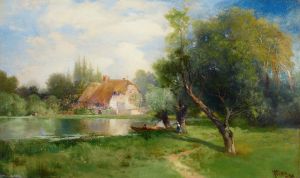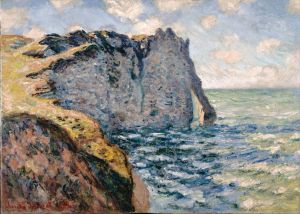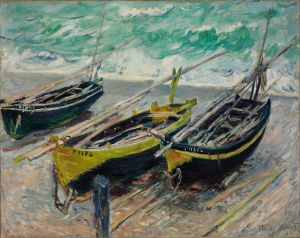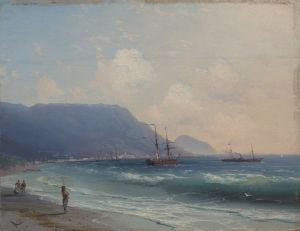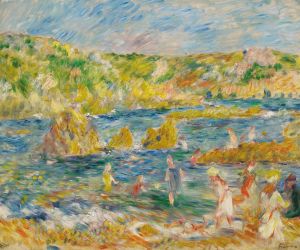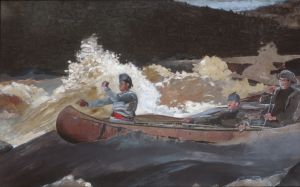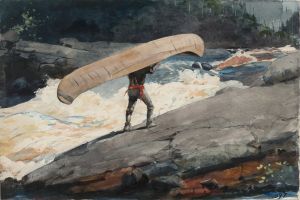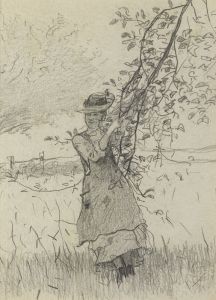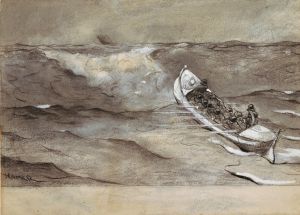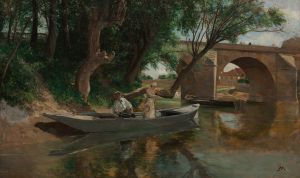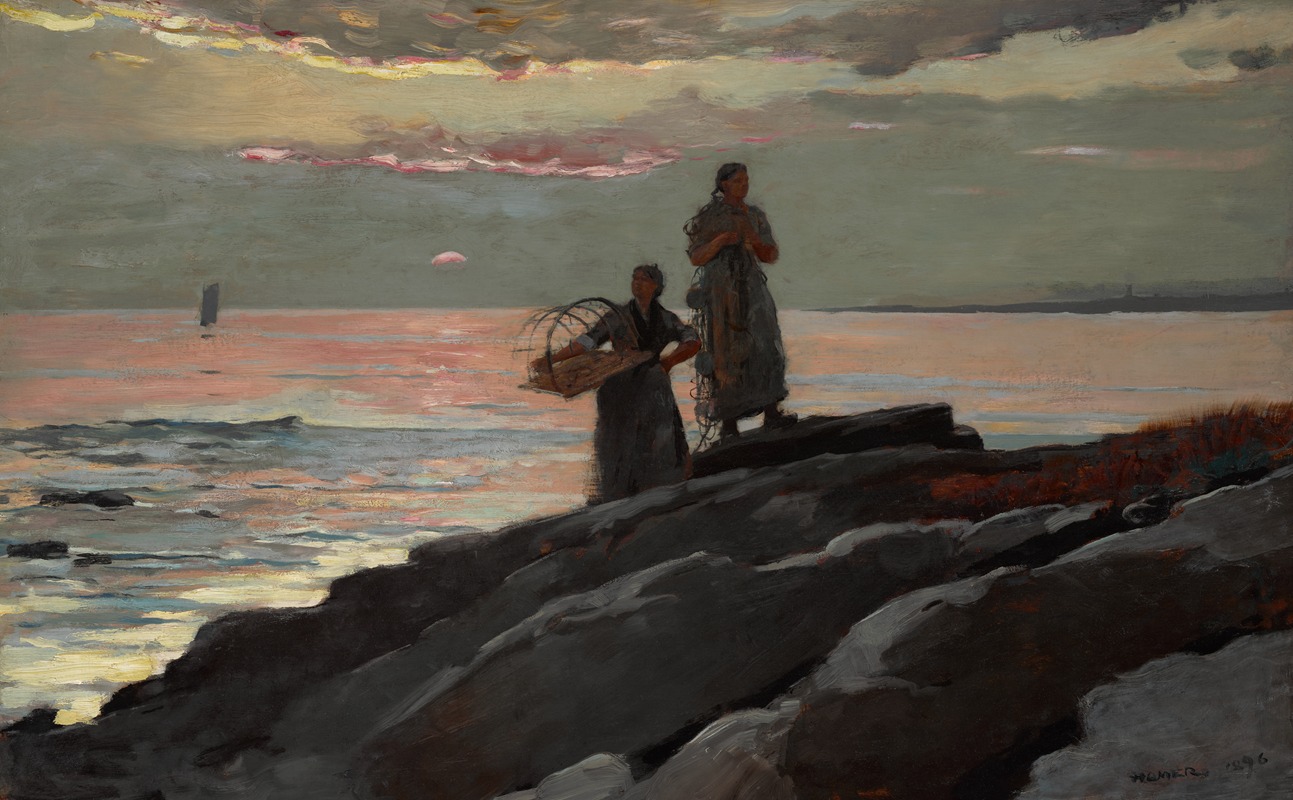
Saco Bay
A hand-painted replica of Winslow Homer’s masterpiece Saco Bay, meticulously crafted by professional artists to capture the true essence of the original. Each piece is created with museum-quality canvas and rare mineral pigments, carefully painted by experienced artists with delicate brushstrokes and rich, layered colors to perfectly recreate the texture of the original artwork. Unlike machine-printed reproductions, this hand-painted version brings the painting to life, infused with the artist’s emotions and skill in every stroke. Whether for personal collection or home decoration, it instantly elevates the artistic atmosphere of any space.
Winslow Homer, an American landscape painter and printmaker, is renowned for his marine subjects and powerful depictions of the American wilderness. One of his notable works is "Saco Bay," painted in 1896. This painting exemplifies Homer's mature style, characterized by its bold use of color, dynamic composition, and evocative portrayal of the natural world.
"Saco Bay" captures the rugged beauty of the Maine coastline, a region that profoundly influenced Homer's work. After moving to Prouts Neck, Maine, in 1883, Homer became deeply inspired by the dramatic seascapes and the interplay between the land and the ocean. This environment provided a rich source of inspiration for many of his later works, including "Saco Bay."
The painting depicts a tumultuous sea with waves crashing against the rocky shore, a common theme in Homer's oeuvre. The composition is marked by its dramatic perspective and the artist's skillful rendering of the ocean's movement. Homer's use of color in "Saco Bay" is particularly striking, with deep blues and greens conveying the power and depth of the sea, while the lighter hues of the sky suggest a fleeting moment of calm amidst the storm.
Homer's technique in "Saco Bay" reflects his mastery of watercolor, a medium he often employed to capture the fluidity and transparency of water. His brushwork is both precise and expressive, allowing him to convey the texture of the waves and the solidity of the rocks with remarkable clarity. This attention to detail and ability to evoke the essence of the natural world are hallmarks of Homer's style.
The painting is also notable for its lack of human presence, a choice that emphasizes the raw, untamed nature of the landscape. This focus on the natural environment, devoid of human intervention, is a recurring theme in Homer's work, reflecting his interest in the sublime and the power of nature.
"Saco Bay" is housed in the collection of the Sterling and Francine Clark Art Institute in Williamstown, Massachusetts. The institute's collection includes several works by Homer, showcasing the breadth of his artistic achievements and his significant contribution to American art.
Winslow Homer's "Saco Bay" remains a testament to his ability to capture the majesty and unpredictability of the sea. Through his innovative use of watercolor and his keen observational skills, Homer created a work that continues to resonate with viewers, offering a glimpse into the awe-inspiring beauty of the natural world. His legacy as one of America's foremost painters is firmly established, and "Saco Bay" stands as a prime example of his enduring influence and artistic vision.





